Flexible Solar Panels - A Buying Guide 2024
- Everything you need to know about flexible solar panels
- What a flexible solar panel can cost
- The best flexible solar panels in the UK
When it comes to solar panels, you may just imagine the standard rigid structures that sit on top of houses. In actuality, the technology has come on such a long way that they are incredibly varied now, enabling renewable power to be generated in more places than ever before. Flexible solar panels are just as their name suggests. Their main benefit allows them to be installed in more obscure places, such as motorhomes and boats, with portability and versatility in mind.
This article will guide you through what flexible solar panels are, how they’re useful and how they compare to other types of solar technology. It will also look at the advantages and disadvantages, the various costs involved and the best flexible solar panels the UK has to offer.
In the market for flexible solar panels? Use our quote comparison tool to find out how much you'd pay. It only takes a minute.
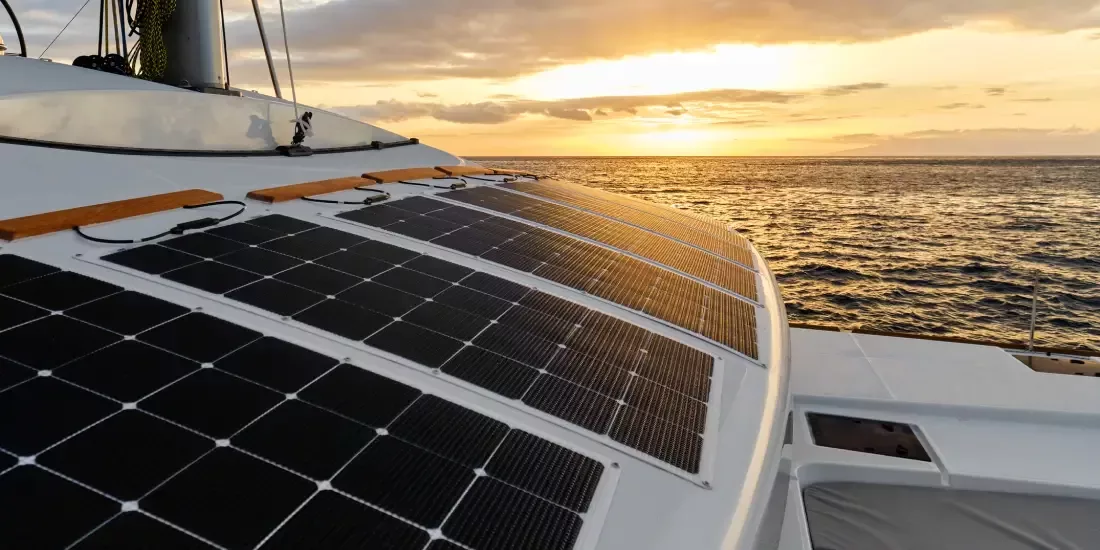
What's On This Page?
Click the links below and head straight to a specific section of the article.
What Are Flexible Solar Panels?
Flexible, or semi-flexible, solar panels, are a thinner, lighter and manoeuvrable version of traditional solar technology. Originally made from conventional silicon materials, they are now typically made with organic semiconductors, which gives them efficiencies comparable to rigid on-roof solar panels.
Either comprising a few silicon sheets or a layer of organic compounds, flexible solar panels are lightweight and easy to mould to certain surfaces. Advanced lamination techniques allow for an improved amount of bending. Where original panels could only bend 30°, the most flexible can go beyond 200° or even 250°.
Why is it important for solar panels to be able to bend this much? It’s all to do with where they are used. Better for transportation and moveable structures, flexible solar panels are useful for campervans, caravans and boats. The curvature of vehicles doesn’t permit rigid panels to be fitted, which is where a flexible solution comes in.
The best use of flexible panels is for low to medium charging requirements, depending on which panel you go for. They are more used for maintaining batteries and low powered appliances in off-grid situations, but the most advanced flexible solar panels are capable of more. These panels are not recommended for home use as they may not be able to provide enough electricity to cover a household’s needs.
In terms of thickness, flexible panels are incredibly thin, with the thinnest being about 200 micrometres (or microns) thick. The most efficient and durable flexible panels are slightly thicker, being about 2,050 microns (0.08 inches). For comparison, a strand of hair is around 99 microns, so a flexible solar panel would be at least twice as thick. While thin, they’re around 2.5kg/m², which is much lighter than the beefier 25kg/m² of traditional on-roof panels. This also makes them easier to dismantle and move around, should you need to do so.
How Do They Compare to On-Roof Solar Panels?
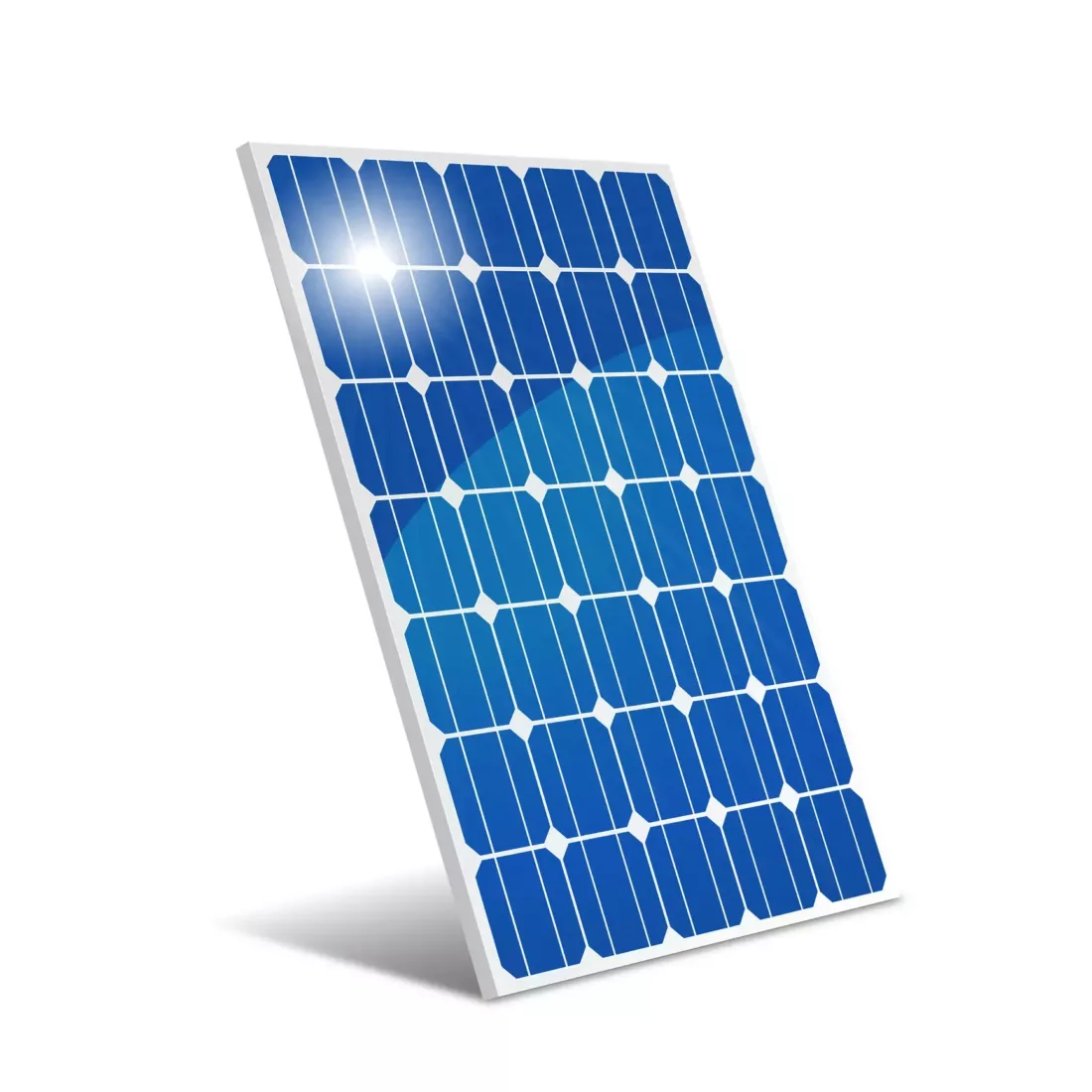
In terms of efficiency, flexible panels can be on the lower end of the scale, seeing an average of 10–15% efficiency. The best flexible solar panels on the market are up to 23% efficient, as the technology has evolved. Traditional on-roof solar panels are usually 17–22% efficient, sometimes going up to 27%. In effect, you get the benefit of flexibility at the slight cost of efficiency. The less efficient a panel is, the less electricity it can generate.
One of the main differences is that flexible panels don’t cool down as effectively as their rigid counterparts. On-roof solar panels are installed with a gap beneath them, which helps regulate their temperature, prevent overheating and allows for optimum efficiency. Flexible solar panels sit directly on the surface they are on, which can cause heat transfer on particularly hot days. If a solar panel gets hotter than is optimum, further efficiency is lost. They can be installed with a gap beneath, but this removes their main benefit of being flexible.
Where Would You Use Flexible Solar Panels?
You can safely install flexible solar panels on the following surfaces:
Campervans
Caravans
Boats

EcoFlow Flexible Solar Panels
Flexible panels are designed to be used where static installations are not realistically possible. Off-grid installations and vehicles are ideal surfaces that can make use of a flexible solar panel’s curving nature. This makes them useful for caravans, campervans and even boats as their exteriors are rarely straight lines. Even if level surfaces are present, the versatility of a flexible panel outcompetes a rigid one based on weight alone. Being a tenth of the mass, they won’t cause boats to start sinking or vehicles to struggle.
How Waterproof Are Flexible Panels?
As they will be outside most (or all) of the time, flexible solar panels need to be waterproof. This is especially the case if being installed on boats. Manufacturers provide different ratings that will tell you how waterproof their panels are. Products with an IP65 rating are only considered water-resistant, whereas an IP67 rating or higher is waterproof. A higher IP69 rating is better, but this isn’t seen in solar products yet.
Many of the best flexible solar panels on the market feature IP67 or IP68 rated junction boxes, connectors and panels, which offers complete protection against dust over a long time period. In terms of water ingress, the products are tested to work in short periods (half an hour) of water immersion between 15cm and 1m (IP67). This makes them ideal for boating environments.
How Much Does a Flexible Solar Panel Cost in 2024?
Depending on the size and wattage, flexible solar panels are variable in price. The higher the wattage, the higher the price. Bear in mind that these panels increase in size the more power you require. You can see typical costs in the interactive graph below.
On average, a 100W flexible panel will cost about £145, whereas a 175W panel will be about £190. The amount of electricity you can generate with a flexible solar panel depends on the environmental conditions, the placement of the panel and how much sunlight there is. With an average 450Wh a day, a 100W panel can produce about 164kWh a year.
For comparison, a small static 1kW on-roof solar array will be able to produce 850kWh a year, but the system is already much larger and is used to power a lot more. This could consist of several 250W panels. The benefit of flexible solar panels also means that you don’t necessarily have to produce much power to run the electronics you need.
A 250W rigid solar panel costs between £400 and £500. A flexible alternative will be around £310, which is already a cheaper option. It’s only when you look at higher wattages that the prices start to become more expensive in comparison. A 350W on-roof panel, for example, costs between £300 and £500.
Pros and Cons of Flexible Solar Panels
Advantages
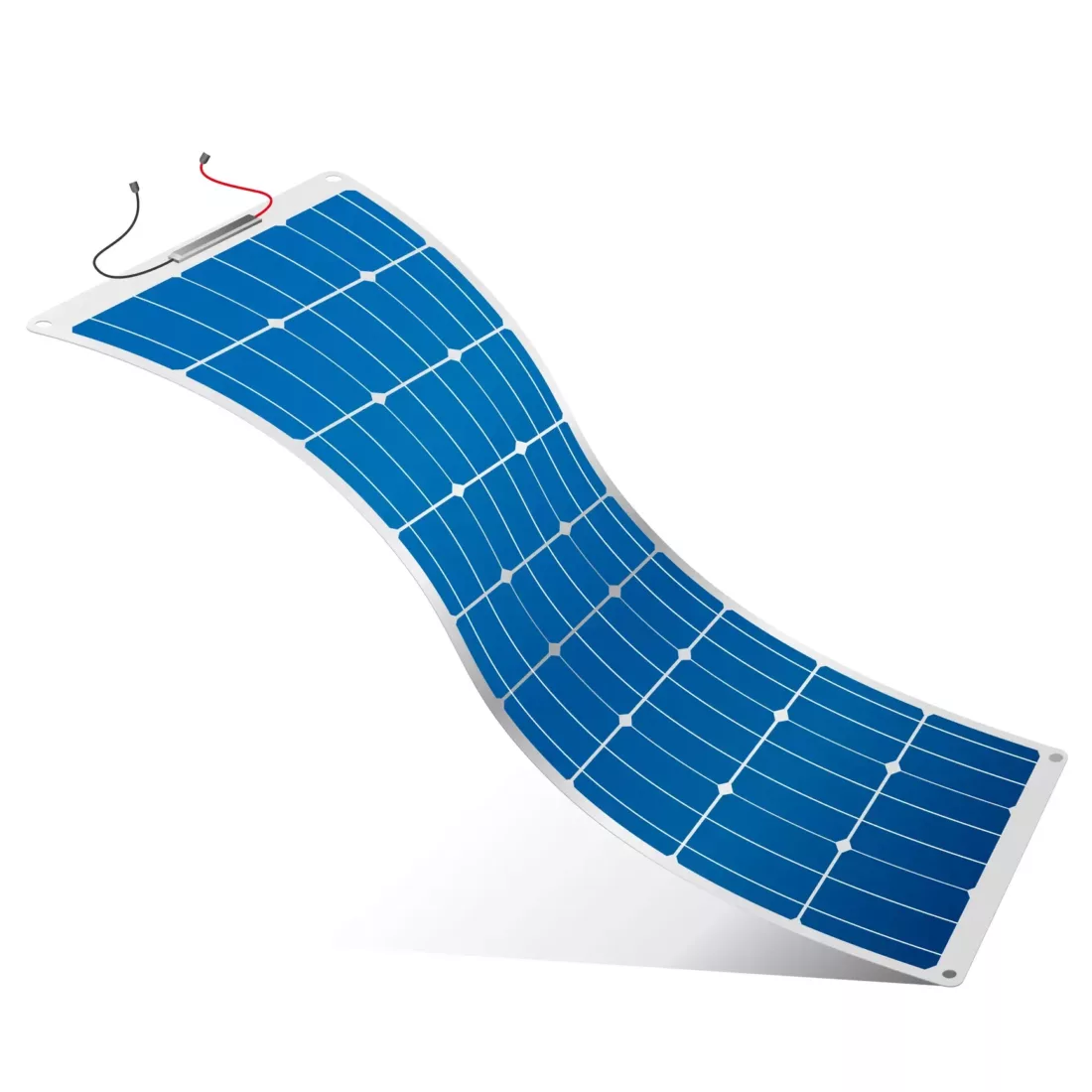
Portable
Lightweight
Can be applied to more surfaces
As efficient as on-roof solar panels
Can be cheaper than rigid solar panels
Disadvantages
More powerful options can be more expensive than rigid solar panels
Not space effective
Can overheat more easily
Not useful for houses
The best thing about flexible solar panels is that they are just as efficient as on-roof solar panels. On a cost comparison, they also work out as the cheaper option in low wattages, giving you the benefit of free electricity for less.
While you can get around the heating issue by fixing flexible panels to a raised base, this defeats the purpose of them being manoeuvrable in the first place. Being lightweight and flexible allows them to be positioned in more awkward places. The greatest advantage to flexible solar panels is simply in their wide range of uses, which is more than can be said for static on-roof panels.
On the downside, they take up more room to produce an equivalent amount of power. They are also not recommended for home use because of this, as rigid on-roof solar panels work so much better to cover a higher demand in electricity.
Cheap materials can stop flexible solar panels from lasting long as well. Plastic can become brittle in a short space of time as it weathers, giving you 5–10 years of use. On the reverse of this, the best materials come with longevity, even competing with the 25 year expectancy of on-roof solar panels.
What Are the Best Flexible Solar Panels in the UK?
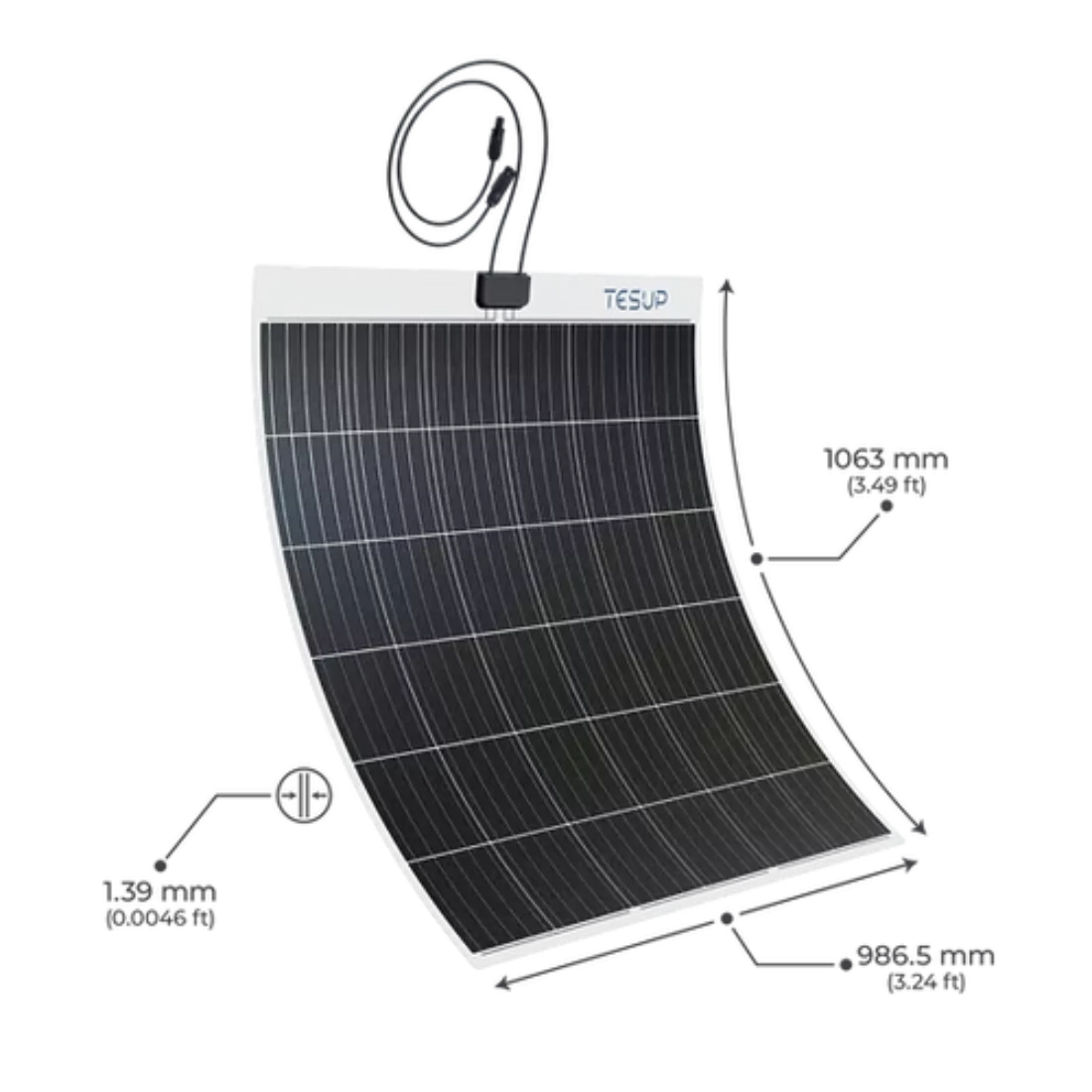
Photonic Universe 360W
TESUP FLEX 205W
Renogy 200W
Paneson 200W
Sunshine Solar 200W ETFE
Eco-Worthy 130W
EcoFlow 100W
These manufacturers offer some of the best flexible solar panels on the market, featuring superior materials, such as fibreglass, and long lifespans. The Photonic Universe 360W panel is large and made of fibreglass, which reduces light reflection and means it can generate more electricity. It is also more durable for seafarers. The Renogy 200W flexible panel comes with a warranty that guarantees 80% power output after 25 years.
Other decent products include the Panson 200W flexible solar panel, which has an impressive 22% efficiency, making it easily able to compete with on-roof alternatives. The Eco-Worthy 130W panel can be flexed to 245° and has a 23% efficiency.
When looking at the market-leading flexible solar panels, it’s clear that the technology has come a long way since the early days of poor efficiencies and short lifespans. Some of these manufacturers even state that their panels are strong enough to walk on (but even this is advised against).
How Do You Install a Flexible Solar Panel?
Flexible solar panel manufacturers make this as easy for you as possible. You have several options for installing them, which gives you the freedom of whether you need to move them or permanently fix them. Most flexible solar panels come with pre-cut eyelets in the corners of them, meaning you can hook them onto existing fixings if you need to move them every now and again.
You can also use these pre-cut eyelets as guides for screws if you’re looking to permanently fix the panels to a curved or uneven surface. Otherwise, adhesives can be used to secure them. It’s important to note that the eyelets have the potential to cause water ingress, so if a flexible solar panel is permanently fixed to a surface, the eyelet holes should be made waterproof too.
Related articles
View all Solar Panel articles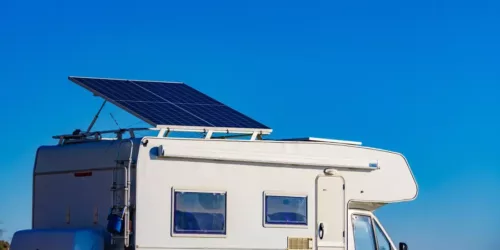
A Complete Guide to Caravan Solar Panels

Are Solar Panels Worth It in Wales?
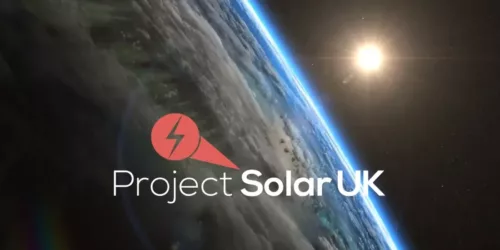
Project Solar UK: Company Overview
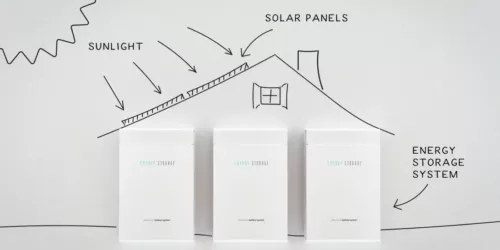
Battery Storage for Solar Panels Explained

Solar Panel Kits Explained - Everything You Need to Know
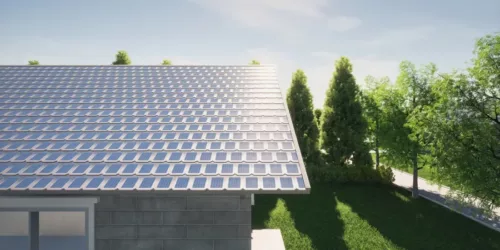
Are Solar Roofing Tiles Worth It?
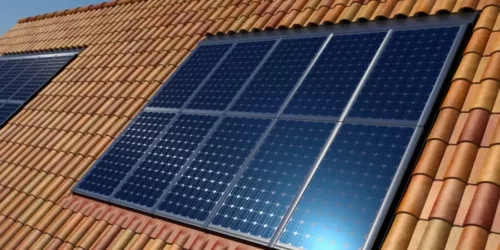
A Complete Guide to Roof Integrated Solar Panels







